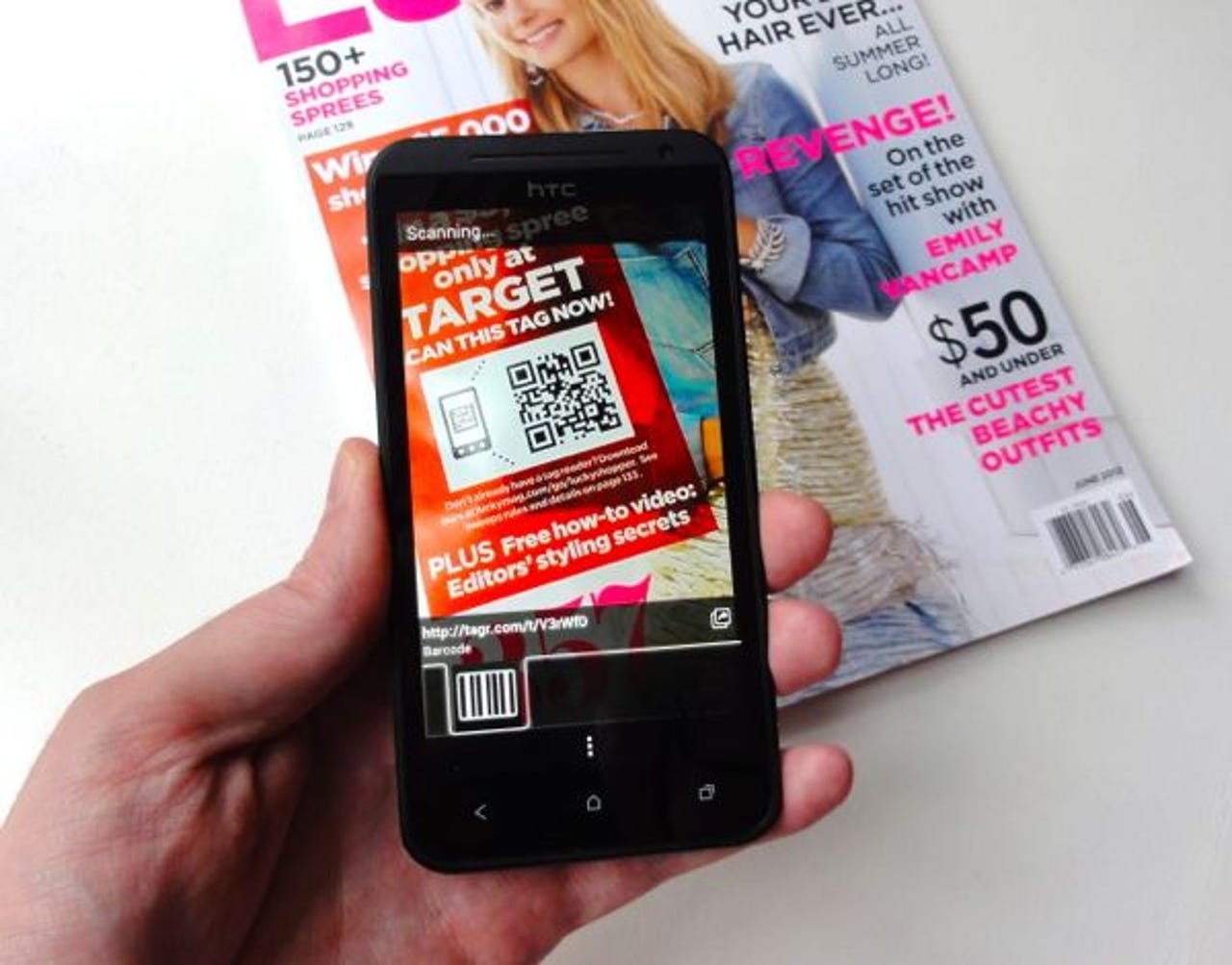Like Walmart, Target thinks we need more mobile payment apps; they're both wrong


Target is reportedly creating a mobile wallet app notes a Reuters exclusive, following the likes of rival Walmart, as big retailers simply want to take on traditional tech companies in e-commerce payments.
Both are members of the Merchant Customer Exchange, which is creating a digital payment system called CurrentC. And neither is walking away from CurrentC, but instead working on their own initiatives.
Featured
Here's the thing: I'm not sure we even need CurrentC, let alone store-specific payment methods.
At this point, Apple Pay, Android Pay and Samsung Pay are arguably the de-facto U.S. digital payment standards for paying in apps and in retail stores with a smartphone. We simply don't need more ways to pay as the trio already work with a large number of financial institutions and have quickly become accepted at a widespread number of locations.
No, not at Walmart or Target - nor Starbucks, for that matter - but that's because neither big retailer wants to support credit cards and have to pay the fees associated with them.
Instead, CurrentC works through debiting bank accounts. Having their own payment systems also allows retailers to directly gather consumer behavior data and support in-store loyalty cards, coupons and other offers.
The Merchant Exchange System also doesn't use seamless technology like the payment systems from Apple, Google or Samsung. Instead, CurrentC works mainly with QR codes. According to the Reuters report, Target would continue that practice as it is "in favor of processing transactions using scanning technology."
Apple Pay vs. Google Wallet: hands-on experiences at McDonald's
Target hasn't yet committed to launching its own payment app and I hope it doesn't because it would illustrate that Target doesn't have customer's best interest in mind.
The entire point of the digital payment solutions currently in place is to reduce friction at the point of sale and reduce the number of cards we carry. I'd equate the last point to the number of apps we need to use for transactions as well.
By creating their own apps using QR codes, both Target and Walmart would actually be increasing friction compared to currently available secure payment systems. With the "big three" you simply place your phone next to a contactless terminal or magnetic card reader while simultaneously authenticating your identity with a fingerprint. It doesn't get much simpler than that.
With store-specific payment apps, consumers have to unlock their phone - possibly with a PIN or lengthy password combination - find and open the right app and then scan the QR code. It's actually faster at that point to pull out your credit card and swipe it, so how does an in-house payment system make things better for the consumer?
Simply put: It doesn't.
We already have viable, widely supported digital payment systems that work well.
Target and Walmart should take a cue from other Merchant Customer Exchange members such as Best Buy and Rite Aid, who earlier this year decided to accept Apple Pay and Android Pay after not initially doing so.